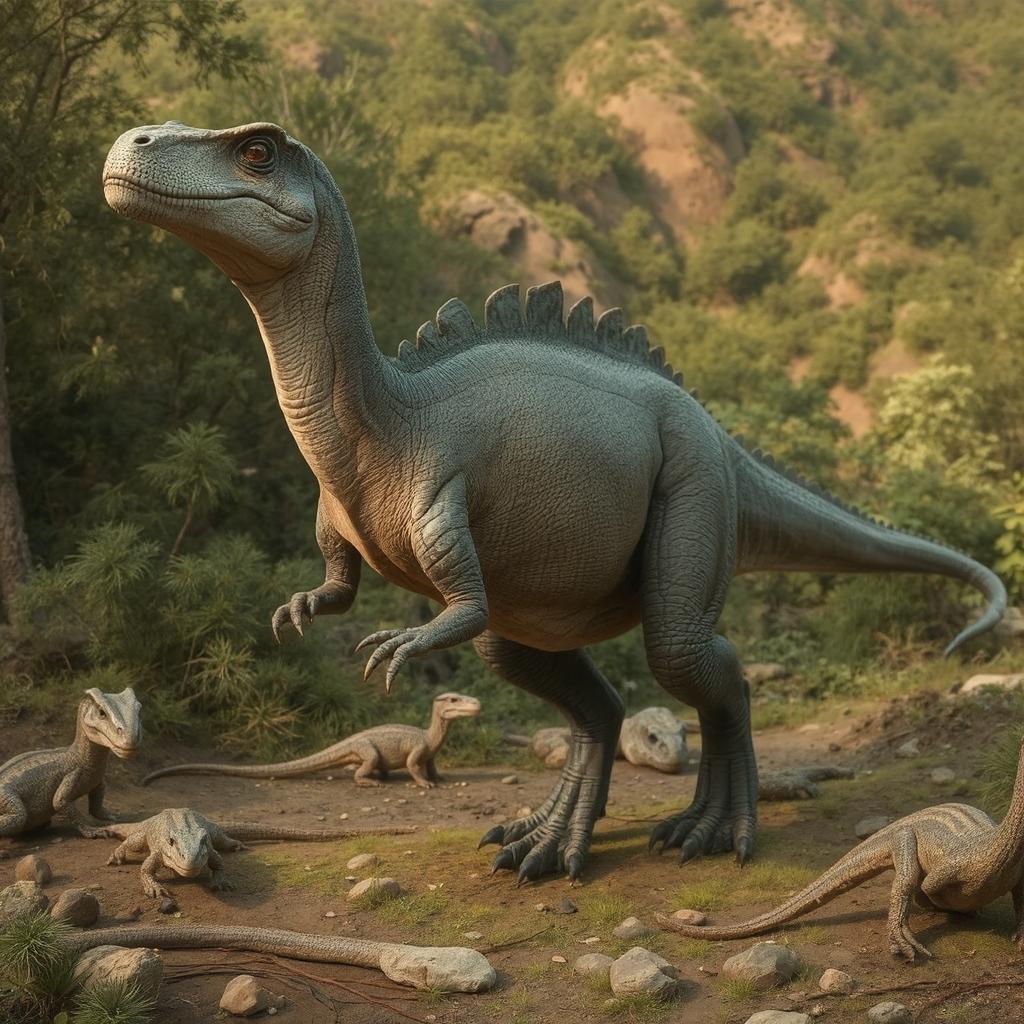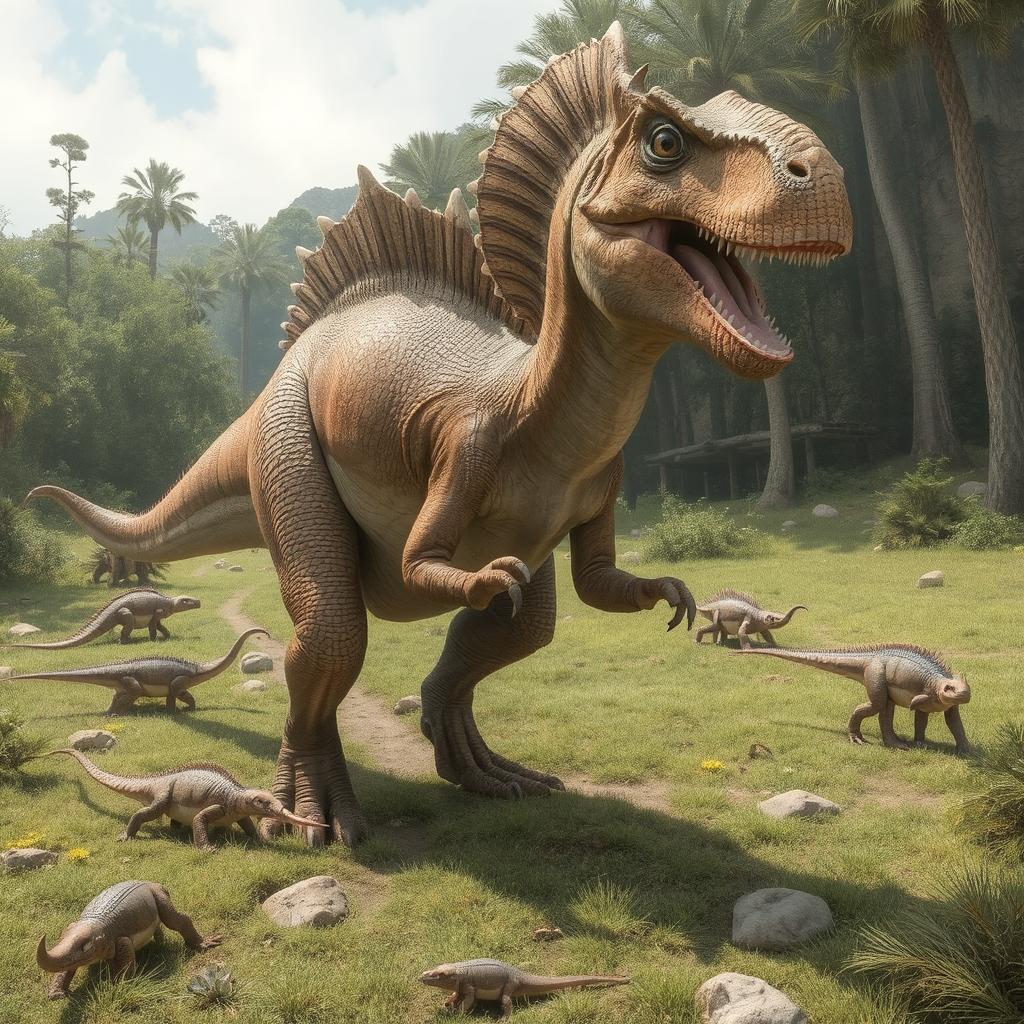
October 19, 2024 – Today marks a significant milestone in the field of paleontology. A groundbreaking discovery, unearthed in the heart of the Brazilian wilderness, has shed new light on the early evolution of dinosaurs. The newly identified species, Staurikosaurus, is poised to redefine our understanding of these ancient creatures.
Staurikosaurus, meaning “Southern Cross lizard,” is a genus of theropod dinosaur that roamed the Earth approximately 230 million years ago during the Late Triassic period. Its fossils were first discovered in the Santa Maria Formation of southern Brazil, a region renowned for its rich paleontological heritage.
A Pioneer Among Dinosaurs (Staurikosaurus)
One of the most intriguing aspects of Staurikosaurus is its position as one of the earliest known dinosaurs. Its discovery offers invaluable insights into the evolutionary trajectory of these iconic reptiles. While previous finds had provided glimpses of dinosaur life, Staurikosaurus fills in crucial gaps in our knowledge.

Staurikosaurus (dinosaur) was a relatively small dinosaur, measuring around 2 meters (6.6 feet) in length and weighing approximately 30 kilograms (66 pounds). It possessed a slender build, long legs, and a long tail, adaptations that likely enabled it to be a swift and agile predator. Its sharp teeth and powerful jaws suggest that it was a carnivore, feeding on smaller reptiles and insects.
A Bridge Between Dinosaurs and Their Ancestors
Staurikosaurus is considered a transitional species between dinosaurs and their archosaur ancestors. It exhibits a unique blend of features that link it to both groups. For example, its pelvic structure shares similarities with that of birds, while its skull and limbs exhibit features more typical of crocodiles.
The discovery of Staurikosaurus has significant implications for our understanding of dinosaur evolution. It suggests that dinosaurs emerged from a diverse group of archosaurs, rather than from a single lineage. This newfound understanding challenges previous theories and opens up new avenues for research.
A Testament to Scientific Discovery
The discovery of Staurikosaurus is a testament to the tireless efforts of paleontologists worldwide. It serves as a reminder of the importance of scientific exploration and the enduring fascination with the natural world. As we continue to delve into the fossil record, we can expect to uncover even more remarkable discoveries that will shape our understanding of the history of life on Earth.
References:
- Colbert, E. H. (1970). A saurischian dinosaur from the Triassic of Brazil. American Museum Novitates, 2405:1-39.
- Paul, G. S. (2010). Dinosaur morphology and phylogeny. Bloomington, Indiana: Indiana University Press.
- Rauhut, O. W. M. (2003). Early origins and diversification of theropod dinosaurs. Zoological Journal of the Linnean Society, 137(3):251-275.







